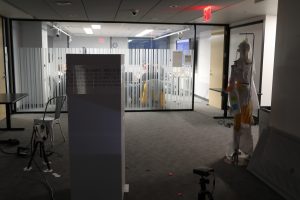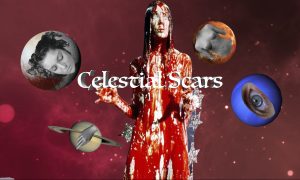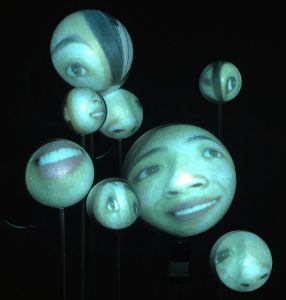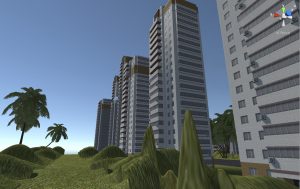Lihan Bao
Alternative storytelling using video mapping and AR
Description
This installation is about alternative storytelling—the viewers experience different stories as they change their way of perception, namely reality and augmented reality. Inspired by the Chinese folklore “Butterfly Dream”, where the author Zhuang Zi dreams of being a butterfly so veritably that he questions whether he is the person dreaming of a butterfly or the butterfly dreaming of a person, this project centers around the nuances of dream and reality.
As the spectators approach the installation, a rather sizable, tall white box, they see the first layer and story, a figure walking across the four lateral sides of the box, enabled by video mapping. At the top, the printed original text of the butterfly story in multiple languages are wrapped around the box. Then, as the audience looks at the work using an AR equipment, they see the second layer and story through the electronic screen, in which an AR butterfly flies around the installation blocked by an AR white box of the same size. By its physical appearance, the viewers experience the person projected upon the box, and by the AR recreation, an animated butterfly moves away from the 2-dimensional display and presents an alternative story.
Despite of the simplicity of the stories—a walking primate and a flying lepidoptera—the installation provides its audience with significant blank space to contemplate and make personal, individual interpretations. The superimposed texts provide the context of the story and function as a reminder of the association between dream and reality. This installation aims to encourage the viewers to rethink the definition of dream in not only its psychological sense but also the philosophical one. What does it mean to dream? How is it different from reality? What is reality? The purpose of this installation ultimately lies in the stimulation of thoughts.
Classes
Comm Lab: Hypercinema





